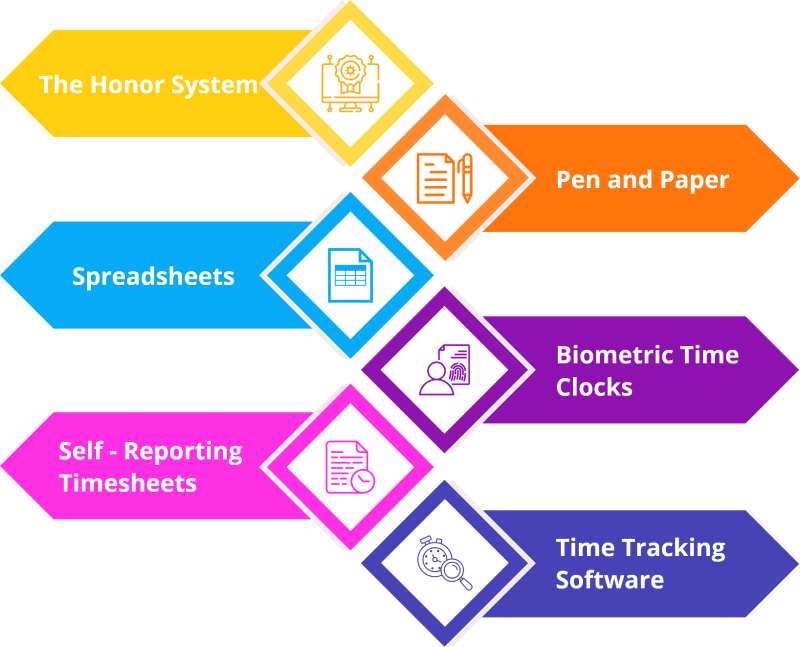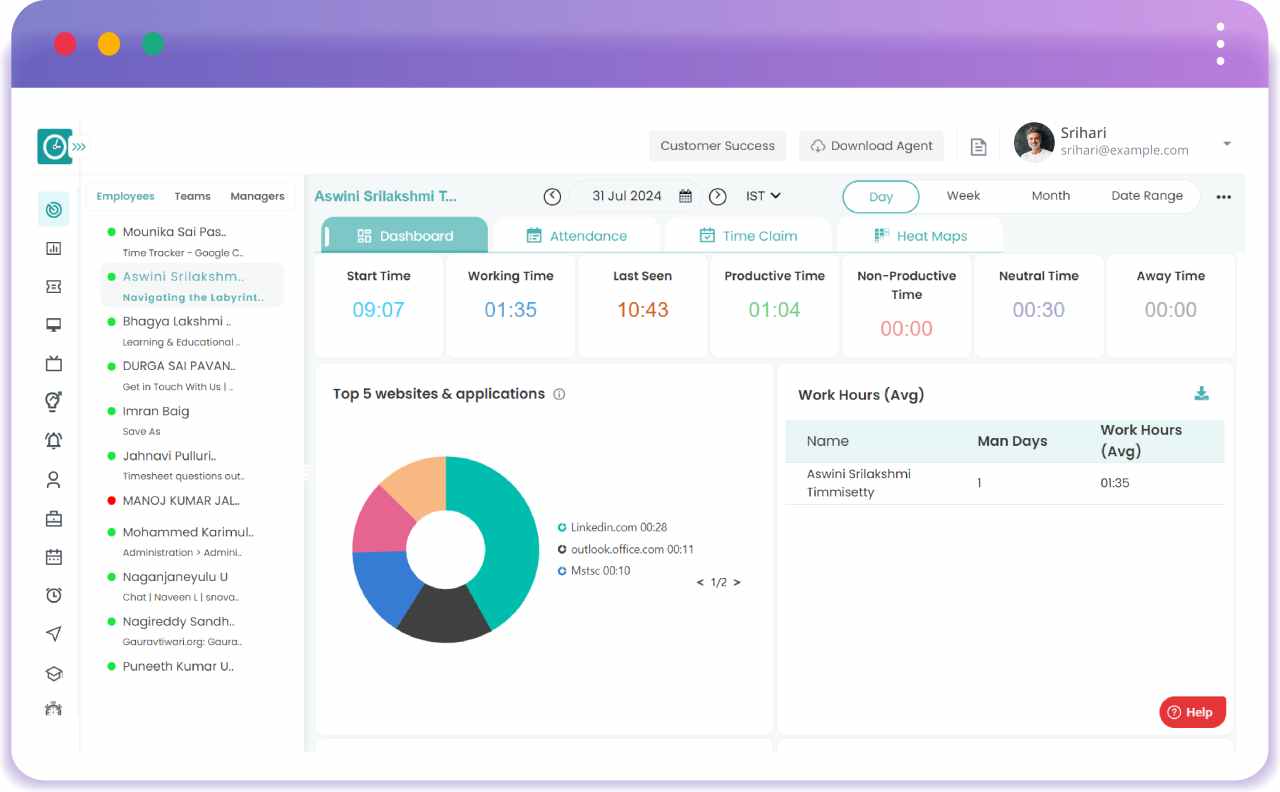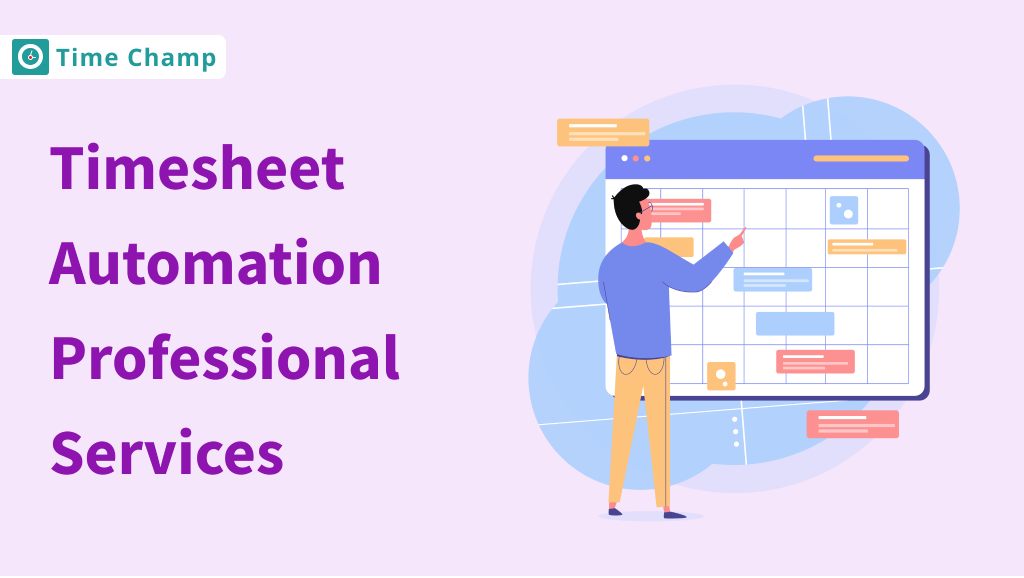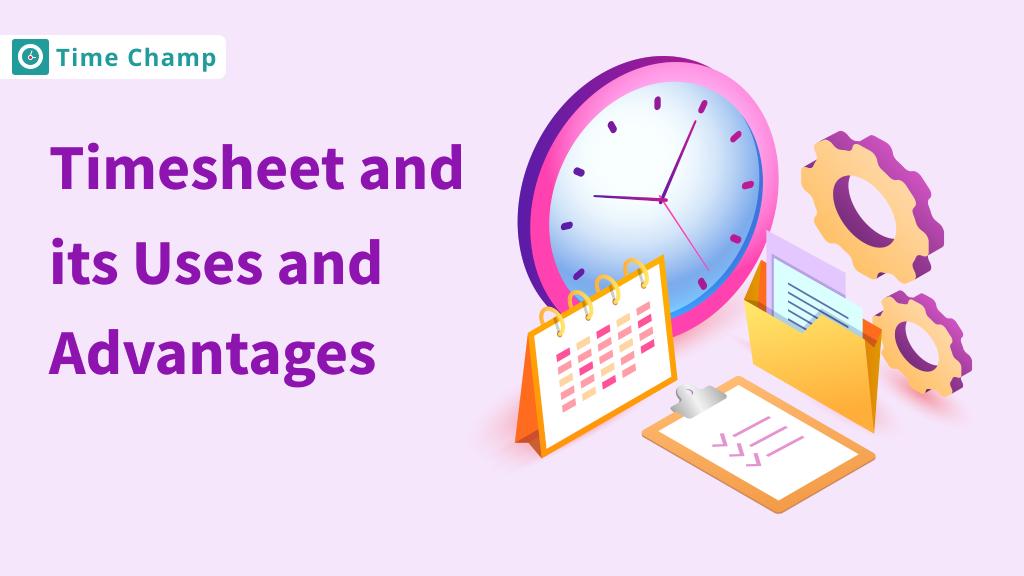Are you aware of how your company is spending its most precious asset – time? Proper time tracking methods are crucial for increasing the efficiency of work, controlling resources, and delivering projects on time in your organization. Knowing how your employees are utilizing their time is important, as this information is useful in making better decisions that enhance performance. In this article, you will discover different time tracking methods, why it is crucial to have effective techniques for time tracking and how they can benefit your business.
What is Employee Time Tracking?
Employee time tracking is simply the process of monitoring how employees spend their time on various activities during work hours. With time tracking, you can easily determine how much time each person is dedicating to work, be it for a particular project, daily tasks, or meetings. This is useful in determining output, paying workers fairly, and perhaps finding ways to increase efficiency. It is like having a picture of where everyone’s time is being spent and this is useful in organizing work and making decisions on the use of resources.
Why Is Time Tracking Crucial for Organizations?
Tracking time is important in any organization since it provides a clear picture of how time is utilized in different tasks and projects. In this way, you can monitor how your team spends time and measure the efficiency of work and identify possible inefficiencies. It also assists in making sure that the employees are paid fairly for their work hours, which is crucial in building and maintaining the employee’s trust.
Furthermore, time tracking assists in scheduling and resource management, which means that you will be able to decide where to invest your time and money. In short, tracking time is useful for organizing work, increasing productivity, and ensuring that all processes are going well.
6 Different Types of Time Tracking Methods:

Here are some of the most commonly used time-tracking methods.
1. The Honor System:
The Honor System is a simple technique where the employees are trusted to record their own working hours. Instead of having to work with complicated tools, the team members just record their working hours in any way they prefer. This system presupposes that people will be truthful about the time they have spent on the tasks.
Employees submit their hours themselves, which can be in a basic spreadsheet or even typed manually. It is a convenient and time-saving strategy that does not require much effort and minimizes paperwork.
However, since it is based on self-reporting, there is a possibility of bias if the employees are not truthful. Some organizations achieve this by conducting random time audits to ensure that the time logs are genuine.
In summary, the Honor System can work if you have faith in your team and prefer to avoid complications. It is a very liberal system that can be effective in a trusting and responsible working environment.
2. Pen and Paper:
The Pen and Paper method is one of the simplest time tracking methods where employees manually record their working hours on paper. This can be done using a logbook or timesheets and it does not require the use of any technology. This is one of the easiest methods if you do not want to involve any advanced equipment.
In this method, the employees record the time they begin work, the time they finish work, and any breaks or comments they have about the work they have done. It is simple and may be effective in a small group or organization where technology is not required.
However, there are some disadvantages to manual time tracking. Manual entries are often inaccurate, for example, time logs may be missing or contain mistakes. When your team is large, it becomes difficult to manage and check these records as often as is required.
To overcome these problems, I advise performing periodic checks to verify the correctness of the results. Even though Pen and Paper is a simple technique, correct measures can ensure that it is an efficient method of time tracking.
3. Spreadsheets:
Time tracking can be done by simply using spreadsheets. Employees record their working hours on a sheet where they record the time they started working on a particular task and the time they completed the task. This method is not complex and does not need sophisticated software, which makes it convenient to use.
You can create a simple table with the columns as date, task, start time, end time, and total hours spent. This setup assists in the fast collection and analysis of time data.
Spreadsheets are flexible. The format of the layout and the formulas can be changed to accommodate some requirements such as calculating additional hours or summing up the weekly hours.
However, spreadsheets are not without their drawbacks: they need to be updated frequently and rely on data input, which can be error-prone. It is also necessary to check that data is recorded and analysed properly to avoid mistakes in the process.
4. Biometric Time Clocks:
Biometric time clocks are devices that use fingerprints, facial recognition, or iris scans to track the time an employee begins and ends work. This method assists in eradicating issues such as buddy punching, where one person signs in for another.
A major advantage is that biometric time clocks are highly accurate. They minimize errors that are likely to occur with manual methods since they depend on the characteristics of each individual. This means you will have a more accurate record of work hours.
These systems also make things more efficient. It eliminates the use of timecards and manual entries, thus reducing the amount of paperwork and time spent on it.
However, there are a few disadvantages. Biometric time clocks are costly to install and at some point, they may experience some technical issues.
In general, biometric time clocks can enhance the time tracking process by increasing the security and accuracy of the process, but one should consider the costs of the implementation and possible issues with the technology.
5. Self-Reporting Timesheets:
The use of timesheets is a simple method where employees record their working hours on their own. In this method, employees write down the time they begin work and the time they finish work for each day on a timesheet. This can be done on paper or through electronic means depending on the preference of the organization.
Self-reporting timesheets have the advantage of being easy to complete. Employees are expected to input their own time, which eliminates the need for complicated tracking methods. This can make it easier to get started and to manage on a day-to-day basis.
However, self-reporting timesheets also have some disadvantages. This is because employees are the ones entering their time and therefore there is a tendency to either make mistakes or being fraudulent. The submitted timesheets should be reviewed and checked often to ensure they are correct and contain all the necessary information.
In conclusion, self-reporting timesheets can be effective and easy to use for recording working hours, but it is necessary to have a procedure for checking the data given.
6. Time Tracking Software:
Time tracking software is useful for tracking and monitoring the working hours of the employees. It makes it easier because all the employee has to do is click a few buttons to log their time. This automation saves you time and minimizes the errors that can occur during tracking and reporting.
One major advantage is that you can track the time being used on various tasks and projects in real-time. It can assist you in making the right decisions concerning the use of resources and the handling of projects. Additionally, the time tracking software offers automatic timesheet management, which is very convenient for streamlining administrative tasks. Also, it simplifies the process of calculating wages since time records are generated and can be used for payroll immediately.
However, the installation of the software may involve some work and possibly training may be needed. It is also necessary to make sure that employees are not reluctant to use it and that it complies with your company’s guidelines.
Hence, time tracking software can be applied to optimize your processes, increase efficiency and get more information on how time and resources are spent.
What is the Most Suitable Time Tracking Method for Your Team’s Needs?
Choosing the right time-tracking method for your team is a game-changer. Below are some options to help you decide which one will be best for you.
Honor System:
This is the easiest method. You rely on everyone to log their hours truthfully. It is simple and does not require any equipment, but it is based on the honesty of all the participants. This is ideal for a small close-knit team where everyone is trustworthy.
Pen and Paper:
Here, you write down hours on paper. It’s simple and does not require the use of technology. Good for small groups or where technology is not an option. The only thing you should bear in mind is that you should look for mistakes or missing information.
Spreadsheets:
In a table format, you record your hours on a spreadsheet. It is versatile and can be made to fit your requirements. This is good if you are fine with using spreadsheets and do not want to use any additional time tracking solutions. The only thing to be cautious of is mistakes that can be made when entering data manually.
Biometric Time Clocks:
These devices use fingerprints or facial recognition to track time. They are very accurate and reduce errors as much as possible, but they are expensive and may need some form of maintenance. Good for teams needing high accuracy and security.
Self-Reporting Timesheets:
Here, you record the hours on a timesheet, either manually or using a computer. It is easy and straightforward but requires all participants to enter their working hours accurately. It is therefore necessary to perform checks frequently to avoid any inaccuracies. This method is appropriate for teams that can accurately self-report their working hours.
Time Tracking Software:
The software allows you to track time with a few clicks of the mouse. It is fast, reliable, and can even help in the processing of payrolls. It might require some initial configuration and user familiarization. Suitable for teams that value speed and precision and do not mind working with computers.
When choosing the most appropriate approach to apply, you should factor in the number of people in your team, their experience with technology, and the amount of money you are willing to spend. Each has its benefits, so use the one that will be more effective for your team!
Track Your Time Using Time Champ:

Time Champ is an excellent solution for efficient time tracking, offering robust features to simplify managing your activities and boosting productivity. Its intuitive interface allows users to monitor time spent on various tasks with ease. Whether you’re freelancing or managing a team, Time Champ’s automatic time capturing ensures accurate tracking without manual effort. Real-time analytics shed light on work patterns, helping to optimize schedules and project delivery. With Time Champ, you gain valuable insights into how time is allocated, promoting better work habits and project management.
Time Champ is ideal for teams that value their time, want to minimize errors, and are comfortable with technology. Try it out and discover how it can revolutionize the process of time tracking in your organization.
Conclusion
In conclusion, time tracking is crucial when it comes to increasing productivity and making the right decisions for your team. Regardless of whether you decide to go with the basic Honor System or opt for the more complex biometric time clocks, the right method will assist in understanding how time is being utilized, paying employees fairly, and keeping projects on track. Compare your options according to the requirements of your team and the objectives that you have in order to select the most suitable solution and improve the efficiency of your work. Happy tracking!
Transform your time tracking with Time Champ
Sign up now for a free trial and enhance your team's productivity.
Signup for FreeBook DemoFrequently Asked Questions
Time tracking is the process of monitoring and recording the amount of time spent by workers on various tasks and operations. This is crucial in increasing efficiency, effectiveness and timeliness in the provision of projects. Therefore, the understanding of how time is utilized can assist organizations in making the right decisions that will enhance performance and productivity.
Time tracking methods help in determining how efficient the employees are, rewarding them appropriately, and identifying areas of inefficiency and optimizing the use of resources. They also assist in scheduling, project management, and creating trust with employees by providing accurate work hour information.
Biometric time clocks are gadgets that employ fingerprints, facial, or iris scans to track the working hours of employees. They are very accurate, thereby reducing the likelihood of making mistakes and buddy punching. However, they can be costly to install and may also need constant servicing in the future.
Traditional methods like using a pen and paper are often associated with errors such as omissions or incorrect entries. They are also not suitable for large teams and need to be checked frequently to avoid data discrepancies.
Time tracking is easy and flexible when using spreadsheets. Employees can record the time they started and the time they finished a particular task in a tabular form. However, they need to be updated frequently and entered accurately, which can be time-consuming and prone to mistakes, making them ideal for small teams who are willing to manage data manually.



